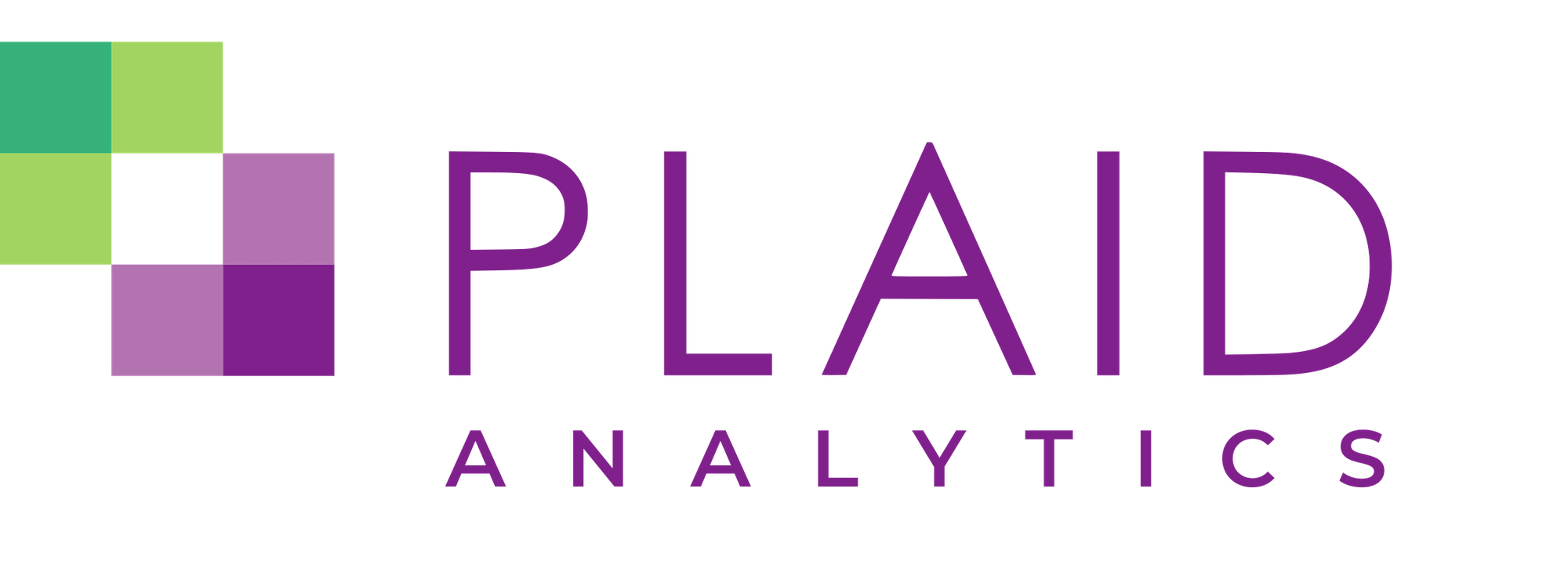The Importance of Data Literacy Service Planning in Institutional Research

Learning how to find, select, and borrow books from a library is a lot like how data end-users learn to navigate to a data repository, select project, and assess a dashboard for use. Like most kids, I was read to before I could speak. As I learned to talk, the books my parents read to me got more advanced. Literacy, whether reading data or chapter books, gives its learners independence. But as a young reader, I could not have taken out my own books without someone bringing me to the library, librarians guiding me to the children’s section and giving me my own shiny red library card. Without a card, without knowing how to ride the bus on my own, and knowing who to ask for help, I would not have been able to make my own choices about the books I selected. In the same way, it is important to consider the skills, assistance, and guidance to access a data or dashboard repository. Even first-year university courses often have a session just for students to have a library tour.
While most library users in a literate society know how to read, knowing how to find the right item, and what do with so many options, is a learned skillset which matures through repeated practice. In some institutions implementing strategic enrolment management, users get access to nearly the entire library of reports, a learning session happens once which briefly tours the structures and introduces analysis and comprehension skills. But this doesn’t logically follow how people in a literate institution become critical thinkers or engaged users who both value and rely on institutional information. Libraries understand their users vary in terms of skill and build in not only a physical and classification structure to encourage use, but they create digital and paper materials, offer regular and repeated training or service hours, proactively situate staff as helpers, use technology chat services, lend space and tools to special interest groups, and budget accordingly.
Information providers must assess their clients’ needs and abilities before and as they build their data collection. Data managers may set goals to increase the number of data users and the use of data products from a delivery-focused approach. The strategies to achieve those goals then become focused on “better data visualizations”, “more datasets”, or “moving from flat to interactive reports”. But ignoring the user support needs and literacy skill levels results in underwhelming outcomes for increases in data engagement.
Without a strategic service approach for information or institutional research offices, users are left to wander through a data repository, dashboard collection, in hopes of finding the right metrics presented at a level they can use. They don’t have the background to make efficient searches, don’t know how to navigate the technology that could help them, or even how to go about asking for help. After too much of this, data end users and library clients often exit empty-handed, frustrated, and unlikely to visit again. Organizations might be information-rich but when their clients experience decision-freeze and information overwhelm due to lack of support and training, low-engagement follows.
Reframing end-users as “data readers” can help institutional research offices and leadership create a balanced use of resources to support both research development and user support.
Modernize Your Institutional Research Data Stack
